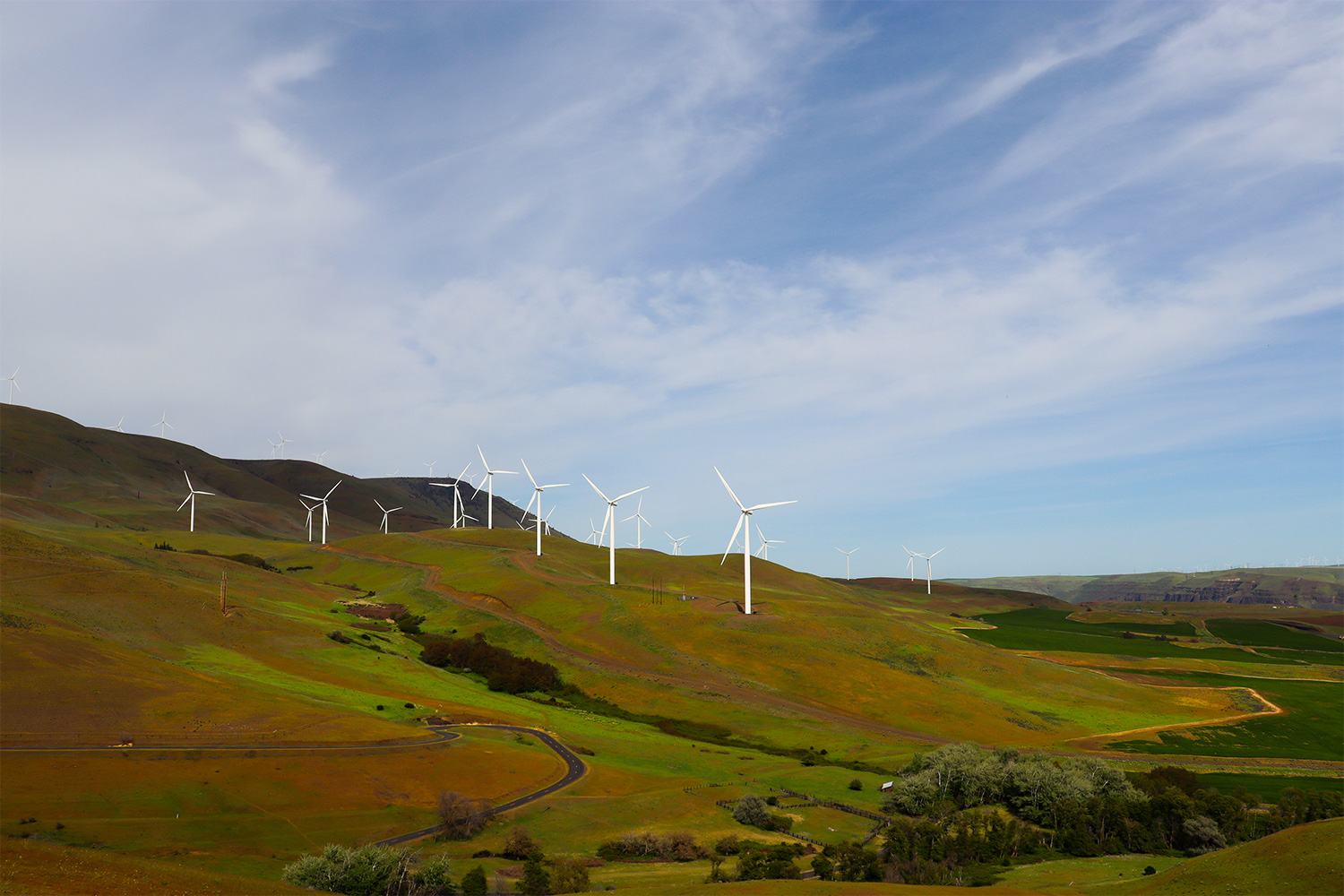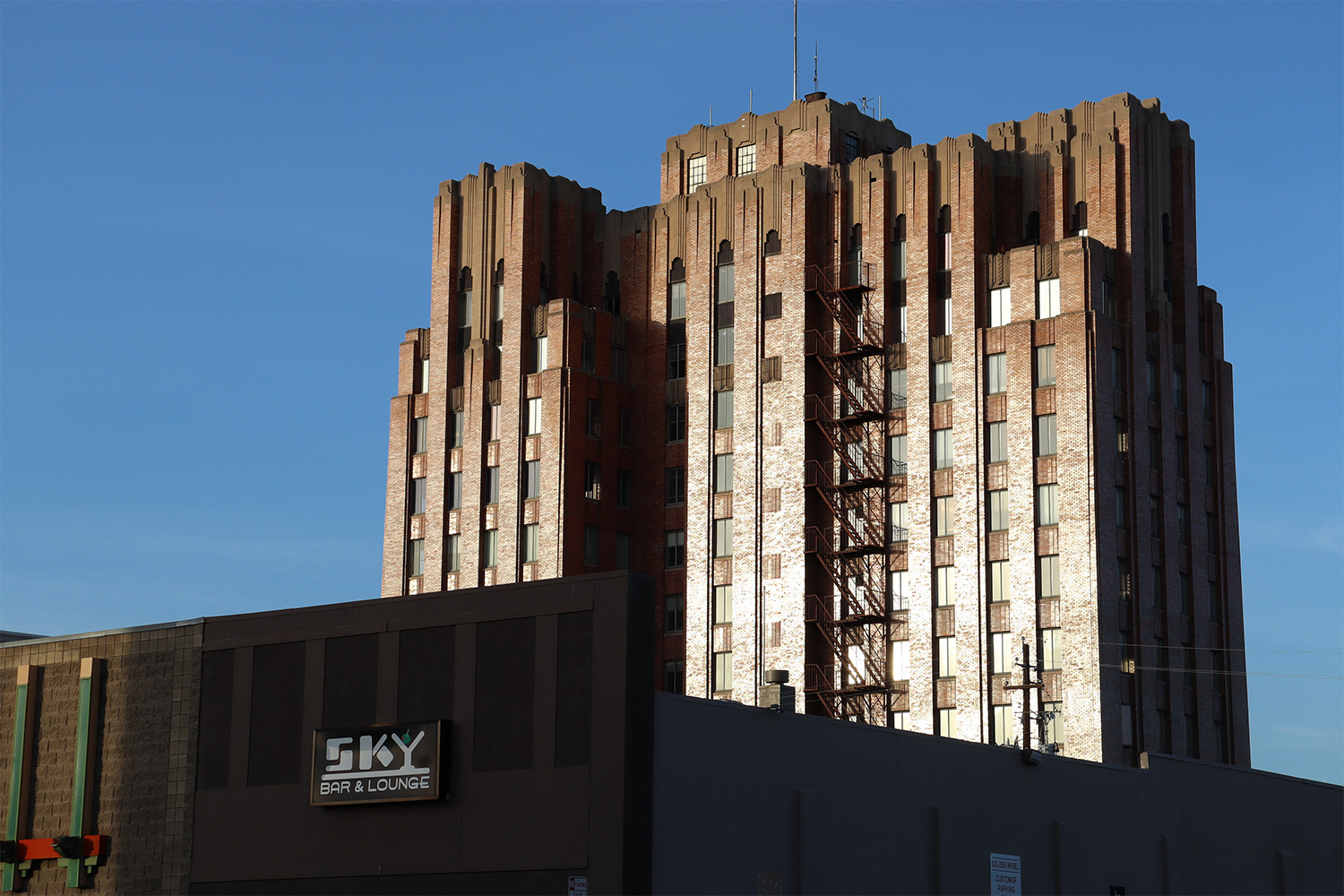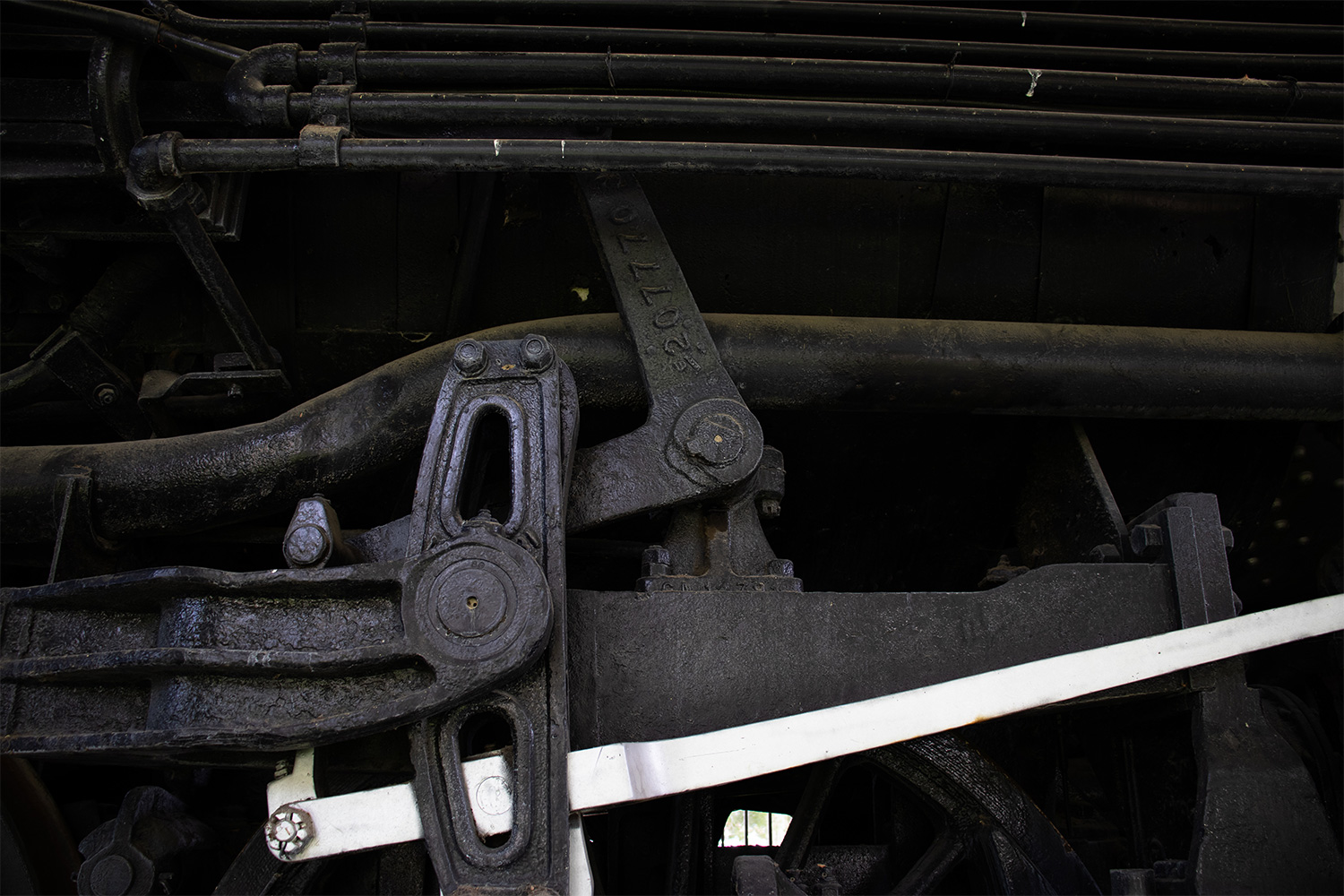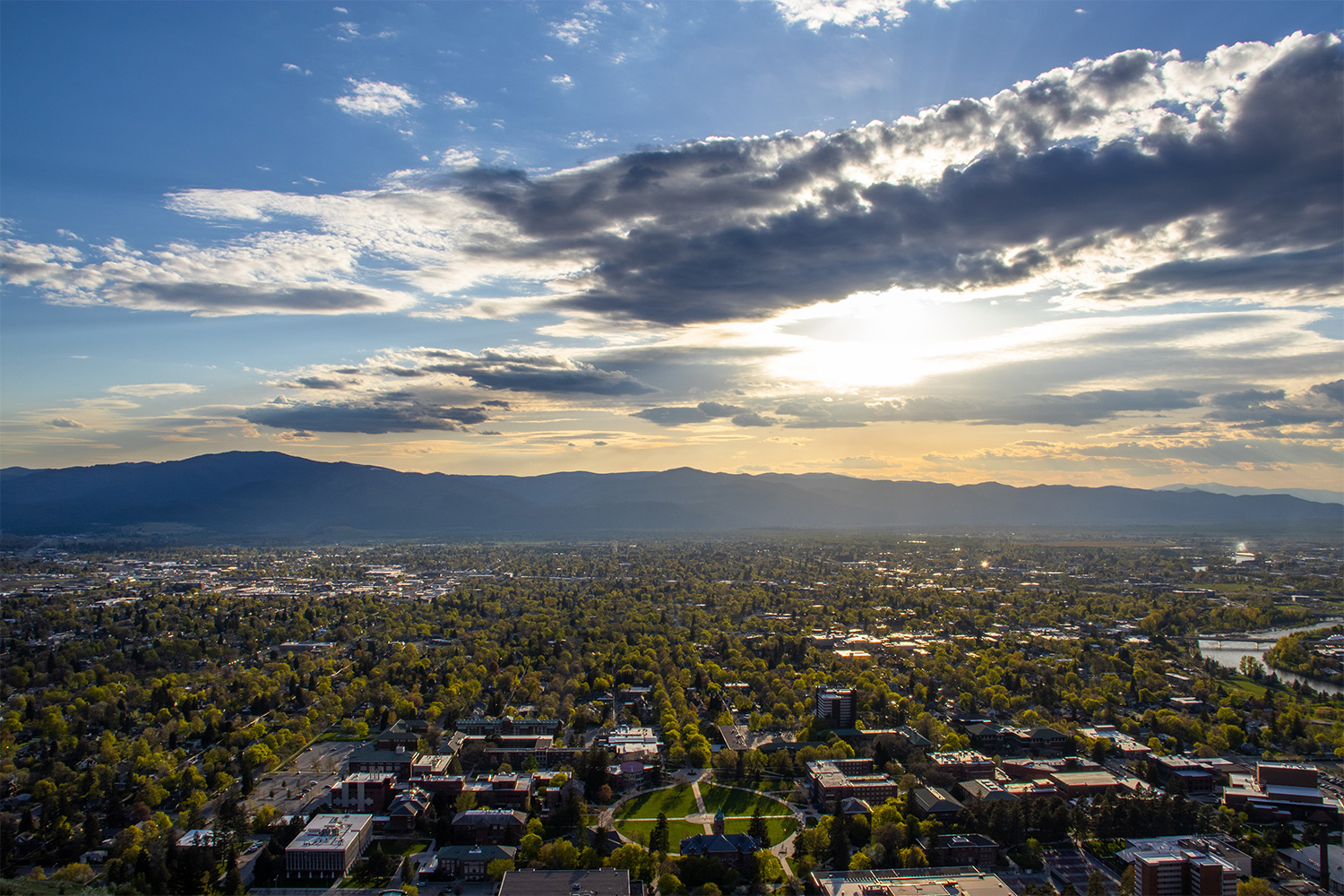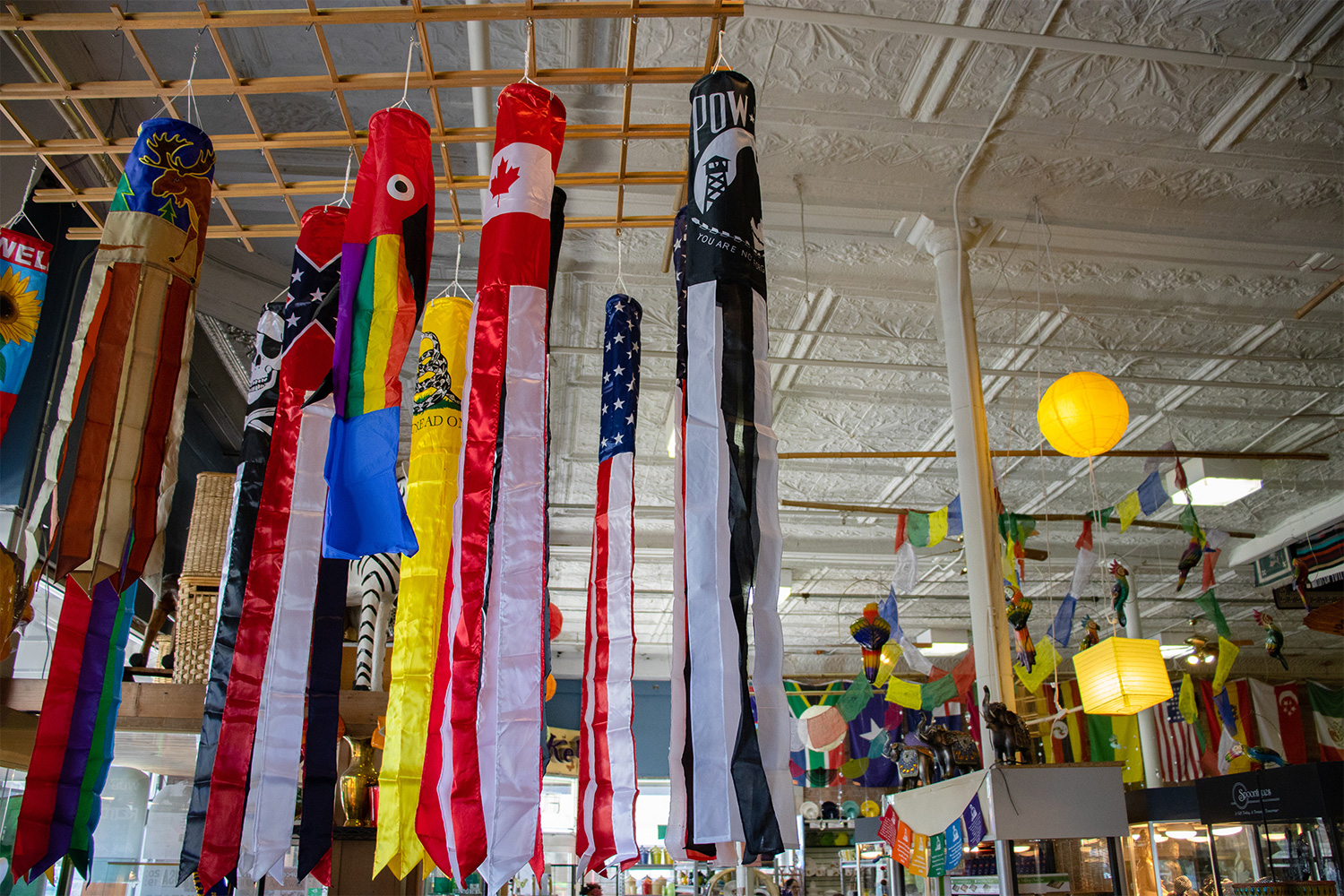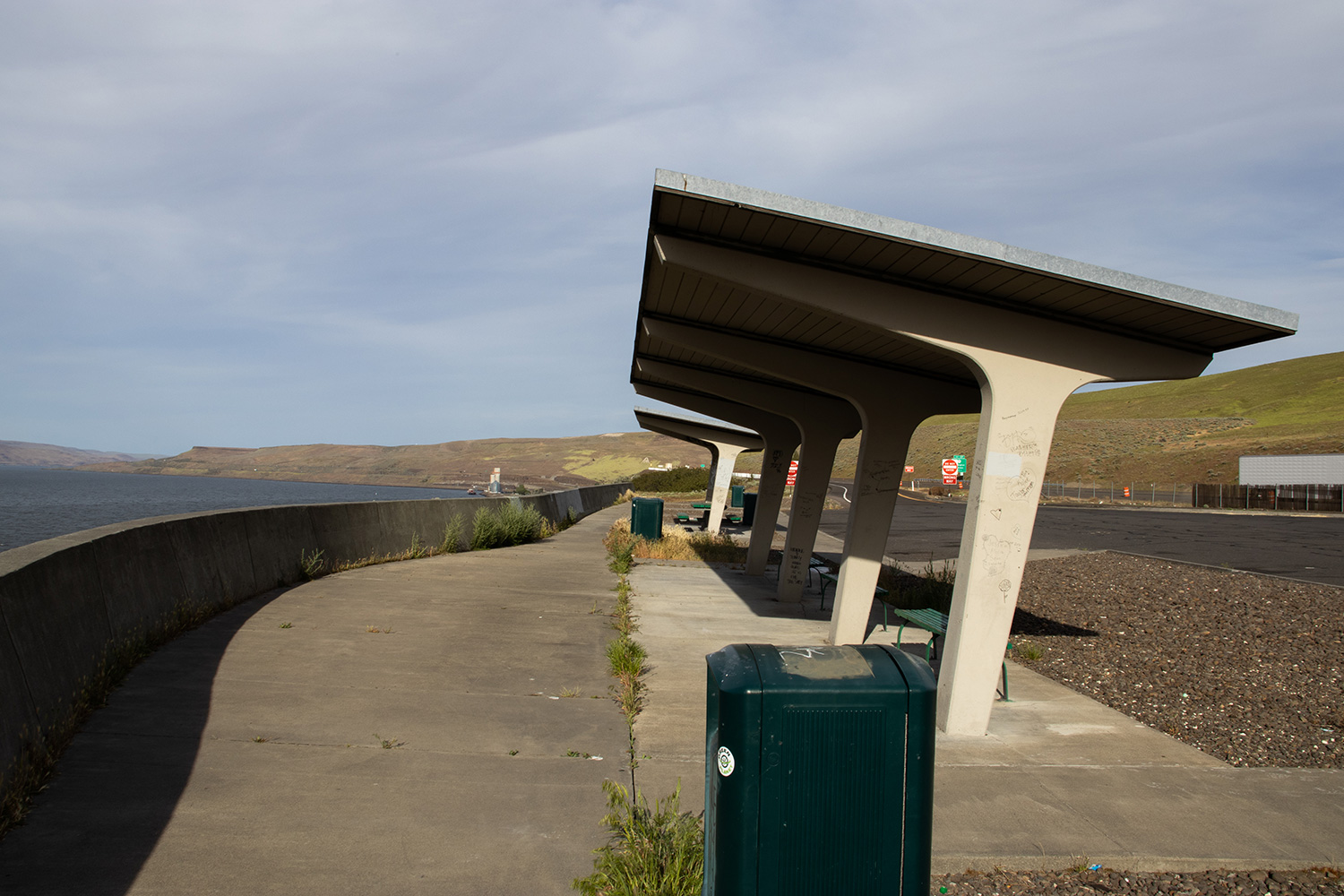“The Rebel SL3 is a fine DSLR camera but doesn’t stand out next to Canon’s new mirrorless options.”
- Compact, lightweight
- Friendly user interface and touch controls
- Good image quality
- Great battery life
- 9-point viewfinder autofocus
- 4K video has limitations
- Many features are live view only
Canon has a new entry-level DSLR, and it hasn’t changed my opinion of such cameras. You’re better off with mirrorless. The EOS Rebel SL3 ($600 body only, $700 with a kit lens) continues the popular line of small-as-possible DSLRs that started with the SL1 in 2013, but does little to justify the camera’s existence in 2019.
The SL3 aims to bring Canon’s entry-level DSLR up to par with its entry-level mirrorless camera, the EOS M50 — and go no further. The SL3 and M50 are differentiated only by their bodies, lens mounts, and viewfinders. On the inside, they are all but identical. And unless you really need an optical viewfinder or battery life that can last a week, the M50 is the better buy.
Design and specifications
The Rebel SL3 is a minor upgrade over the older SL2. It uses the same 24-megapixel APS-C sensor, though that’s certainly not something to complain about. It’s Canon’s best APS-C sensor, the same one used all the way up the product line to the EOS 80D. The processor has been upgraded to the Digic 8, but despite this, the ISO range of 100-25,600 and burst rate of 5 frames per second remain unchanged. The new processor does allow for 4K video at 24 frames per second — a first for a Rebel — but it’s not exactly great, as we’ll get into later.
Not much has changed physically, either. The control layout is simplified with the removal of both the Wi-Fi button and a couple positions on the mode dial. Otherwise, the body is nearly identical, including the fully articulating 3-inch LCD touchscreen and Micro USB 2 port.
The original SL1’s selling point was size and weight. It had a streamlined design with an uncharacteristically small grip that brought the camera down to 14.3 ounces. The SL2 enlarged the grip for improved ergonomics at a slight cost to weight, but the SL3 has since shaved off a couple of grams. At 15.8 ounces, it’s a very light DSLR.
The SL3 brings Canon’s entry-level DSLR up to par with its entry-level mirrorless camera, the EOS M50 — and goes no further.
Back in 2013, however, the SL1 was only competing against heavier DSLRs, which made it an attractive alternative to bulkier options. The story is a bit different today. Customers looking for the slimmest possible camera have many other choices, including the Canon EOS M50 at just 13.8 ounces.
The SL3 must be more than just a compact camera to succeed. Canon knows that, so it’s leaning on the SL3’s optical viewfinder. However, the entry-level camera buyers who’d consider the SL3 have more to gain from a mirrorless camera’s electronic viewfinder than they do from a DSLR’s optical one. Even the SL3 performs better in live view mode, when it operates like a mirrorless camera.
A mirrorless camera in disguise
Like any DSLR, the SL3 uses a mirror to reflect light from the lens up to a viewfinder, letting you see straight through the lens like looking through a window. But the optical viewfinder on the SL3 isn’t the viewfinder photographers dream about. It’s uncomfortably small and only 95% accurate, meaning you don’t see the edges of what you’re capturing. It’s understandable why photographers would covet the expansive and bright optical viewfinder of the full-frame EOS 5D Mark IV, but the SL3’s isn’t that.

The camera can feel hamstrung by the viewfinder, which puts limits on what you can do. Viewfinder autofocus uses just nine points, a number that hasn’t changed since the Rebel SL1. In live view mode — where the mirror is raised and you preview an electronic image straight from the camera’s sensor — you can simply tap anywhere on the LCD touchscreen to focus where you want. There’s 143 live view focus points in total, and thanks to Canon’s excellent Dual Pixel Autofocus (DPAF) technology, live view focusing is fast and accurate. You also get face and eye detection, and subject tracking, features that don’t work through the viewfinder.
The new Creative Assist mode, first seen in Canon’s EOS M mirrorless cameras, also works best in live view. With the camera set to Scene Intelligent Auto mode (the green box on the mode dial), you can tap the color palette icon in the lower right to bring up options for adjusting background blur, brightness, contrast, saturation, color tone, or more. These plain-English controls let novice users experiment with things like f-stop and white balance.
The optical viewfinder on the SL3 isn’t the viewfinder photographers dream about.
While Creative Assist is also available for viewfinder shooting, it’s hardly as effective. In live view, you can see the effect of your adjustments in real time, updated on the screen as you make changes. This isn’t possible with an optical viewfinder; you’ll need to take a picture and then review it to see the changes you made. In any shooting mode, being able to see how the photo will look before you take the picture is a huge advantage of live view. Naturally, the optical viewfinder is useless in video mode.
This fact — that a DSLR behaves differently when you’re using the viewfinder compared to the LCD screen — is a deterrent to beginning and casual photographers. With mirrorless, there is no operational or performance difference between using the LCD screen or the electronic viewfinder. That simplifies the learning curve.
Performance and image quality
We were impressed with the SL3’s performance. It can churn out a steady 5 frames per second for up to about 22 RAW photos. That’s a slower burst rate than what some similarly priced mirrorless cameras can do, but those cameras often can’t sustain their top speeds for more than a second.
Continuous autofocus — or what Canon calls servo autofocus — doesn’t always keep up with that burst rate but works well for an affordable camera. Unfortunately, in live view, using servo focus slows continuous shooting down to just 3.5 frames per second. In terms of accuracy, it does a decent job, with only a few misses here and there, but that is far too slow for a modern camera.
The results are good, however. Canon’s 24MP APS-C sensor performs well in a variety of settings. It’s not the best in class, but photographers in the SL3’s target demographic are not likely to push up against its limits. RAW files have a decent amount of latitude for post-processing, and JPEG color and contrast look good right out of the camera. For landscapes, portraits, and other still subjects, the SL3 can deliver excellent results.
But note the use of the word “can.” What I wasn’t so happy with was the kit lens, the EF-S 18-55mm f/4-5.6. It doesn’t do the sensor justice. It’s sharp enough, but the slow maximum aperture won’t let you get the shallow depth of field or low light performance that makes moving to an interchangeable lens camera worthwhile. It also has a lot of distortion, and the limited amount of background blur it does give you is not rendered in a pleasing way. The SL3 can produce much better results than what the kit lens allows.
The SL3 can deliver excellent results — but note the use of the word “can.”
Fortunately, there is no shortage of lenses for Canon’s EF mount — another potential advantage of sticking with a DSLR over an EOS M mirrorless model. But upgrading to a better lens means spending more money and having more weight to carry around.
As for video, quality is OK, but 4K comes with some serious drawbacks. Most notably, as with the EOS M50, 4K is limited to 24 frames per second, DPAF does not work, and the sensor is significantly cropped. Rolling shutter distortion, also known as “jello cam,” is quite extreme in 4K mode as well. Thanks to all of this, I’d recommend sticking with 1080p. 4K does offer a noticeable sharpness benefit, but 1080p makes for a better experience. It also allows for both 30 and 60 fps recording although, strangely, not 24.
Who needs this camera?
The Rebel SL3 is an enjoyable camera to use, but with so many excellent mirrorless cameras to choose from today, it’s difficult to recommend. The one objective advantage it maintains is battery life, with a CIPA rating of over 1,600 exposures per charge. That’s exceptional, and several times better than what most mirrorless cameras can do. I didn’t shoot that many pictures for this review, but after taking some 300 photos over the course of a week, the battery indicator still showed fully charged.

That one feature may be enough to give the SL3 an edge for certain customers. If you’re going on a long backpacking trip and won’t be able to charge the camera every night, the SL3 may just be the lightest camera you can carry that will still get you through the entire adventure. Or if you’re an amateur wedding photographer and need the battery to last through the entire event and potentially thousands of photos, the SL3 might just get you there, where a mirrorless camera won’t.
But that battery life only applies to the optical viewfinder. Switch to live view, and you’ll only pull about 350 shots out of the battery. Reviewing photos on the LCD screen will drain the battery, too. And, sadly, by forcing yourself to use the viewfinder, you’re missing out on some of the SL3’s best usability features, like touch focus, exposure simulation, and Creative Assist.
Our Take
The Canon EOS Rebel SL3 is a modest upgrade over the SL2. Most of the new features are only usable in live view mode, however, which defeats the point of buying a DSLR. It’s a mirrorless world, and the SL3 admits that even as it struggles to hang on.
Still, the SL3 is not a bad camera. I enjoyed using it and was impressed with its excellent battery life and good image quality (kit lens notwithstanding). It’s capable and priced fairly; I just don’t think it’s the right choice for most photographers.
Is there a better alternative?
If you’re attracted the SL3’s feature set, especially Creative Assist or Dual Pixel Autofocus, then consider the EOS M50. At the time of writing, you can find it with a kit lens for just $600.
If you can push the budget a bit further, the Fujifilm X-T30 or Sony A6400 are two mirrorless cameras that offer faster performance and more advanced video features. You’ll spend more money, but you’ll get a camera that offers more room to grow into.
But if you really are attached to that optical viewfinder, then the SL3 is a fine choice. There isn’t really another DSLR that matches its combination of compact size, features, and price.
How long will it last?
We were disappointed to see the SL3 merely caught up to the EOS M50 — which was released in 2018 — rather than bring anything new to the table. As such, it isn’t a forward-thinking camera and will likely be outclassed by Canon’s own mirrorless cameras very soon.
In terms of build quality and durability, we expect the SL3 will be able to carry on strong for several years. It is not weather sealed, so keep that in mind before shooting in inclement weather or dusty environments.
Should you buy it?
Probably not, unless you really want an optical viewfinder and 1,600-shot battery life. A mirrorless camera can offer a better experience in an even more compact body, without the awkward disconnect between viewfinder and LCD shooting that comes with a DSLR.





